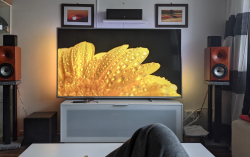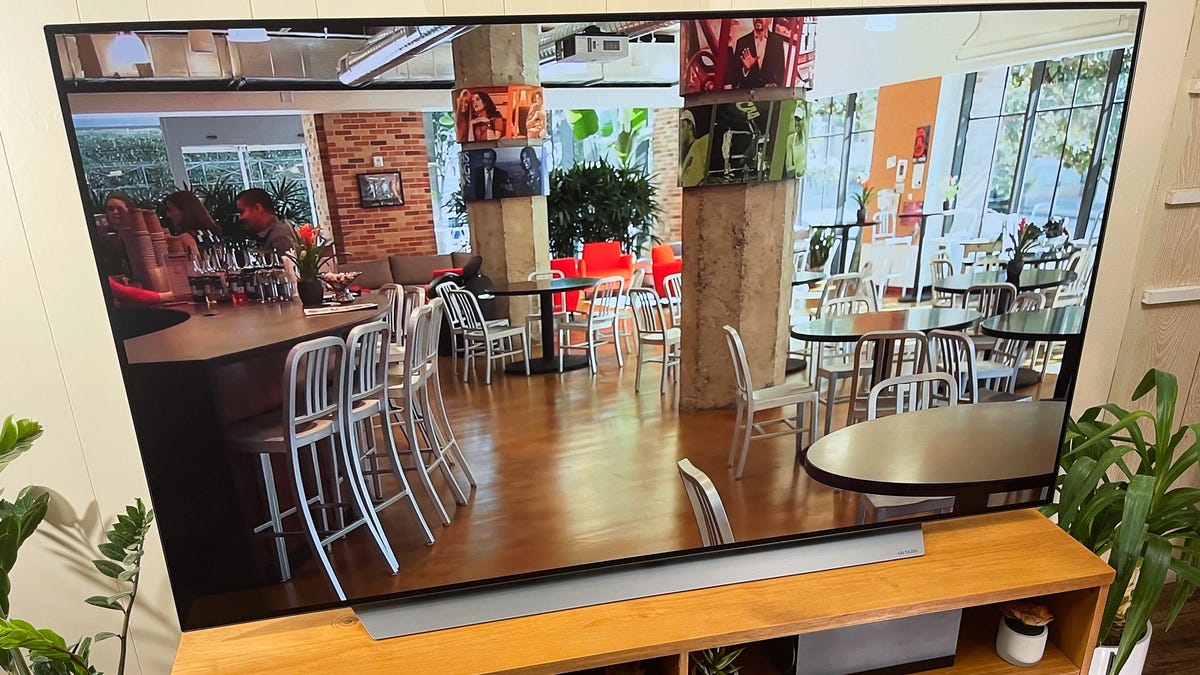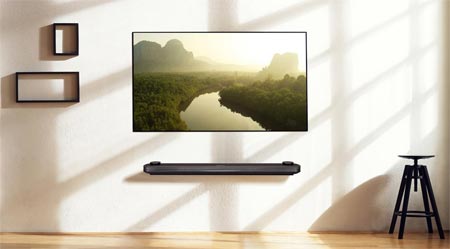Kymmenen vuotta on aika pitkä aika, mutta yleisesti vaikuttaisi siltä että kunhan sisältö vaihtuu tarpeaksi hyvin ja kuvan kirkkaus ei ole korkea niin noi kestää kyllä todella pitkään. Urheilua/uutisia kovalla kirkkaudella 24/7 taas johtaa palamisiin nopeasti. Tai ainakaan testit eivät tue ajatusta siitä että kuva palaisi kiinni kovin nopeasti monipuolisella käytöllä.
There are concerns about OLED long-term performance due to the possibility of burn-in. We bought 6 LG OLED C7s to play real, non-altered content. It should give you a better idea of what to expect depending on what you watch on your TV.

www.rtings.com
Tuon mukaan jos ei ole kirkkaita kohtia niin 2 tuntia päivässä tiettyä käyttöä kestää seitsemän vuotta. Mutta entä jos on kirkkaita kohtia, FIFA oli mainitty haastavampana pelinä? Puolittuuko tuo 7 vuoden aika vai mikähän on arvio.
Ainakin tuosta voi jotain päätellä, että viikon 32 kohdalla FIFA alkoi kehittämään ongelmia, ja tuo 5000 tunnin raportti josta Call of Dutyn ylempi 7 vuoden laskelma tehtiin on viikolta 44. Eli kestäisikö se FIFA tai kirkkaampi käyttö sitten ~5 vuotta kun käyttää kaksi tuntia päivässä?
Sellainen huomio, että Rtingsin testi kyllä helpotti Gigantin ja muiden rahantienausta vakuutuksien kautta jos tuo noin 5 vuotta on se oletettu kestävyys kirkkaamalle käytölle noilla määrillä. Tiedän kyllä tyypin joka pelaa PESsiä useammankin tunnin päivässä, jolloin tietysti Gigantti joutuisi melko varmasti korvaamaan (riippuen niistä ehdoista, joita vakuutuksissa kivasti löytyy).
Entä jos editoin kuvia televisiolla, jolloin kuvankäsittelyohjelmasta tulee sen kuvan kohdalle aina samankokoinen kirkas ruutu, kun ympäristö on tumma ohjelmassa? Tietenkin viimeistelen kuvat kunnon näytöllä, mutta yleistä editointia voi tehdä hyvin televisiolla.
Entä jos surffaan koneella pari tuntia päivässä, riittääkö dark mode ja estääkö se kaikki kirkkaat kohdat? En ole tuollaista kokonaisvaltaista dark modea käyttänyt vielä, onko se Windowsin ominaisuus? Tällä foorumilla minulla on se käytössä, mutta selaimessa ei.
Entä jos katson Viaplayta? Muistaakseni kaikissa lähetyksissä se logo on samassa kohdassa, ja tämä burn-in tulee kumulatiivisesti. Jalkapalloa tulee seurattua eniten, mutta ei nyt kuitenkaan ihan paria tuntia päivässä, mutta se on kirkas lähetys. Cmorellakin näyttäisi olevan nuo matsin tuloslukemat suunnilleen samassa kohtaa, samoin jääkiekossa Viaplaylla.
Mietin vielä sitä ettei tule kikkailua säätöjen kanssa. Eli jos säädän tietokonekäyttöön nitsit alemmas, niin vaihtuuko ne automaattisesti ylemmäs kun laitan Viaplayn, leffan tai pelin tms. pyörimään tietokoneelta?
"Those who display the same static content over long periods of time should consider the risk of burn-in though (
such as those who watch lots of news, use the TV as a PC monitor, or play the same game with a bright static HUD). Those who are concerned about the risk of burn-in should go with an LCD TV for the peace of mind."
"For example, someone who plays call of duty or another video game
without bright static areas for 2 hours per day may expect similar results after about 2500 days of usage.
This corresponds to about 7 years."

 . Kun sain jumpattua tuohon nin ei kyllä tämä koko kaduta, katseluetäisyys sohvalta sen 2,6-2,8m. Tv lähetyksiä tulee katsottua 1% ajasta.
. Kun sain jumpattua tuohon nin ei kyllä tämä koko kaduta, katseluetäisyys sohvalta sen 2,6-2,8m. Tv lähetyksiä tulee katsottua 1% ajasta.








